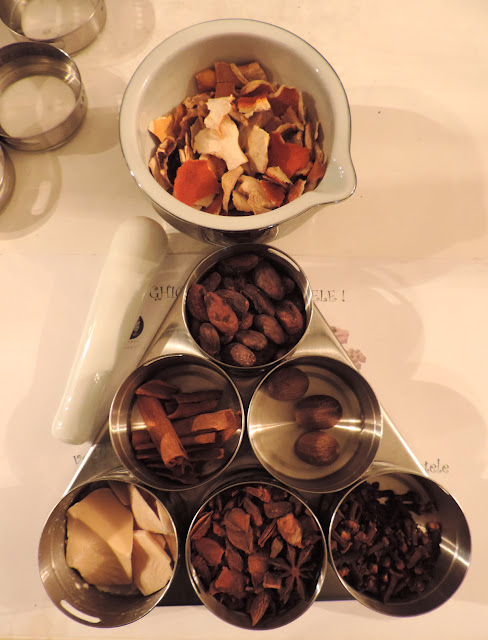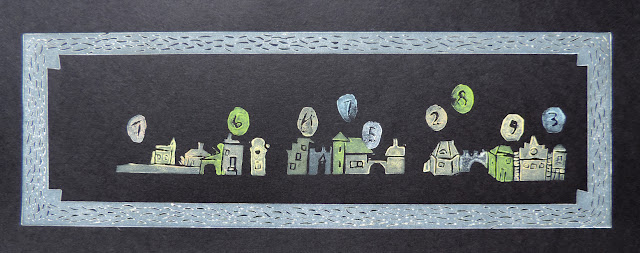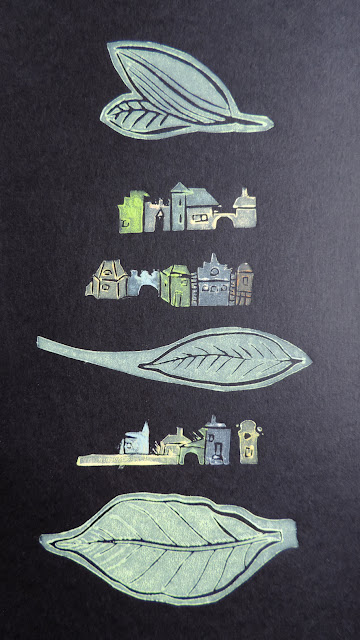Pulvis Mumiae was a must-have for all European pharmacies from the
12th until the 19th century. It was believed to prolong
life and heal all disease. As a rare and exotic panacea, it was sometimes sold
for as much as its weight in gold. The powder was either ingested or used externally, in
creams.
It seems that it all
started from a confusion, during the Crusades. Mûm initially designated
the natural asphalt from the Dead Sea area,
used in local pharmacopoeia. The Europeans thought that asphalt was used in
mummification, so that the term and the presumed healing properties were transferred
upon the mummified bodies. In fact, it seemed logical: through a lost art the
ancient Egyptians could prevent natural decay and, even more, they wanted to be
resurrected in the mummified bodies – the peak of medicine and pharmacy!
Commerce thus flourished, new jobs were created such as mummy vendor, mummy powder started to be counterfeit from recent bodies mummified
through rapid processes, and the looting of Egyptian tombs increased. The government had to intervene in an attempt to stop the black market of mummy-related items and artifacts.
The use of mummy powder for healing only stopped in
the end of the 19th century, along the wide acceptance of the theory
of germs and the use of microscopes.
The History of Pharmacy Collection in Cluj-Napoca includes an eighteenth-century case with mummy powder, together with the "authenticity" note stating the product to the Pulvis Mumiae Verae (real mummy powder). It was once sold in a pharmacy in Baia Mare, present-day Maramures. The ingredient in mention for example in seventeenth-century pharmacy inventories in Transylvania, such as the princely one in Alba Iulia.
See the full story in Romanian HERE.
















































